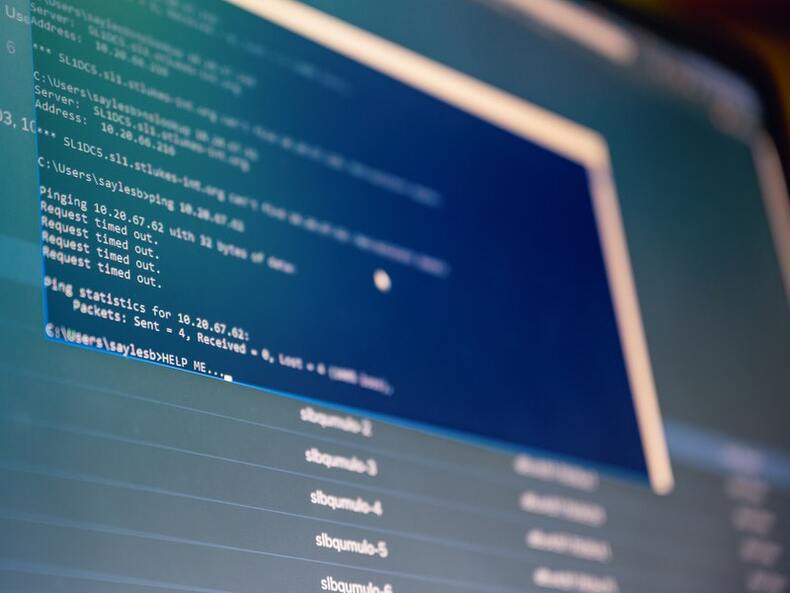Can a PDF File Become Corrupt? Causes and Solutions
Today’s computer file management is a far cry from megabyte-sized hard drives and saving programs via tape recorders. Modern operating systems masterfully manage complex data storage on scales that were inconceivable just a few decades ago. Despite built-in error correction, fault recovery, and other safeguards intended to keep our information safe, corruption remains a significant risk.
Corruption can happen to any file and can become highly disruptive when the file in question is a PDF that contains critical information that you need to access. From forms downloaded from the web to custom documents created by a business, PDFs often contain an immense amount of essential data—but they aren’t immune to common digital problems. Why are these files so ubiquitous, and what can cause them to degrade to the point of corruption?
The Reasons Behind PDF Popularity
The PDF format, originally developed in the 1990s, exists today as an international and open standard for one of the most useful file types in existence. Why are PDFs commonly used across so many sectors, from government and finance to nonprofits and beyond?

The answer is simple: they provide multiple benefits in one package in a way that other formats can’t match. PDFs are optimal tools for business because those benefits include:
- Consistency in display across all operating systems and screen types. PDFs accurately digitally duplicate the appearance of printed document pages.
- Support for advanced functions such as AES-256 encryption, public key cryptography, and electronic signatures.
- Support for digital forms that make the PDF a leading tool for gathering and submitting data.
How PDF Files Become Corrupted
Although the PDF is a resilient and versatile format, it is still susceptible to certain problems that introduce errors into its data and cause file corruption. When you try to open a PDF and discover corrupted data instead of the document that you expected, the culprit could be one of the following scenarios:
- Incomplete downloads. An aborted download could leave a PDF file on your machine without its complete data.
- Incorrect copying procedures. You may have copied the file from a hard disk or USB flash drive, but the process didn’t complete.
- Malware damage. Some viruses and malware can damage files.
The Problems That Corrupt PDFs Cause
When files are corrupted, their data becomes inaccessible. Sometimes, that’s not a significant problem or threat—there are methods that may extract useful data from an otherwise garbled file. With the PDF, however, the special code that makes the file format work usually removes that option for users.
A corrupt file means that you can’t open the PDF, view its contents, or work with it in any capacity. Naturally, you’ll feel a sinking feeling when a critical PDF document fails to load—but there are some possible fixes.
What Can You Do to Fix a Corrupted PDF File?
Recovering the data from a corrupted PDF can be a challenge, and depending on the severity of the file damage, it may not be possible at all. While some third-party developers claim to offer tools that can “repair” PDF files, there’s no guarantee that such tools will be able to identify the fault and recover the PDF.
Below are some techniques that may assist you:
- Restore a previous version of the file via Windows or recover the file from a backup.
- If the file came from the internet, re-download the file to try again. A download error may have corrupted the data. In which case, a second attempt may fix the issue.
- Try converting the document into another format with PDF software. With this software, you can quickly convert a corrupted PDF to a format such as a Microsoft Word document to help visualize or recover some of its contents.
Preventing Corruption Before It Happens
Trying to fix a corrupted PDF file won’t always produce the results that you hope for—that’s why regular backups are a critical element of any work that you complete in digital spaces. Preventing such a problem from occurring is always preferable. By using a few best practices when handling PDFs, you can minimize the chance that file corruption will occur and maximize the usefulness of the format for your purposes.
Keep these tips in mind:
- Always keep a regularly updated backup of your documents, preferably on a separate machine or in the cloud.
- Use anti-virus software and keep it updated.
- Don’t download PDFs from untrusted web sources. When you do download a file, ensure that your connection remains stable.
- Use proven, reliable PDF software for creating, editing, converting, and saving documents to avoid accidental software-related corruption.
With these practices in mind and the appropriate PDF software installed and at the ready, you can take full advantage of this format’s features without concerns about file corruption.

